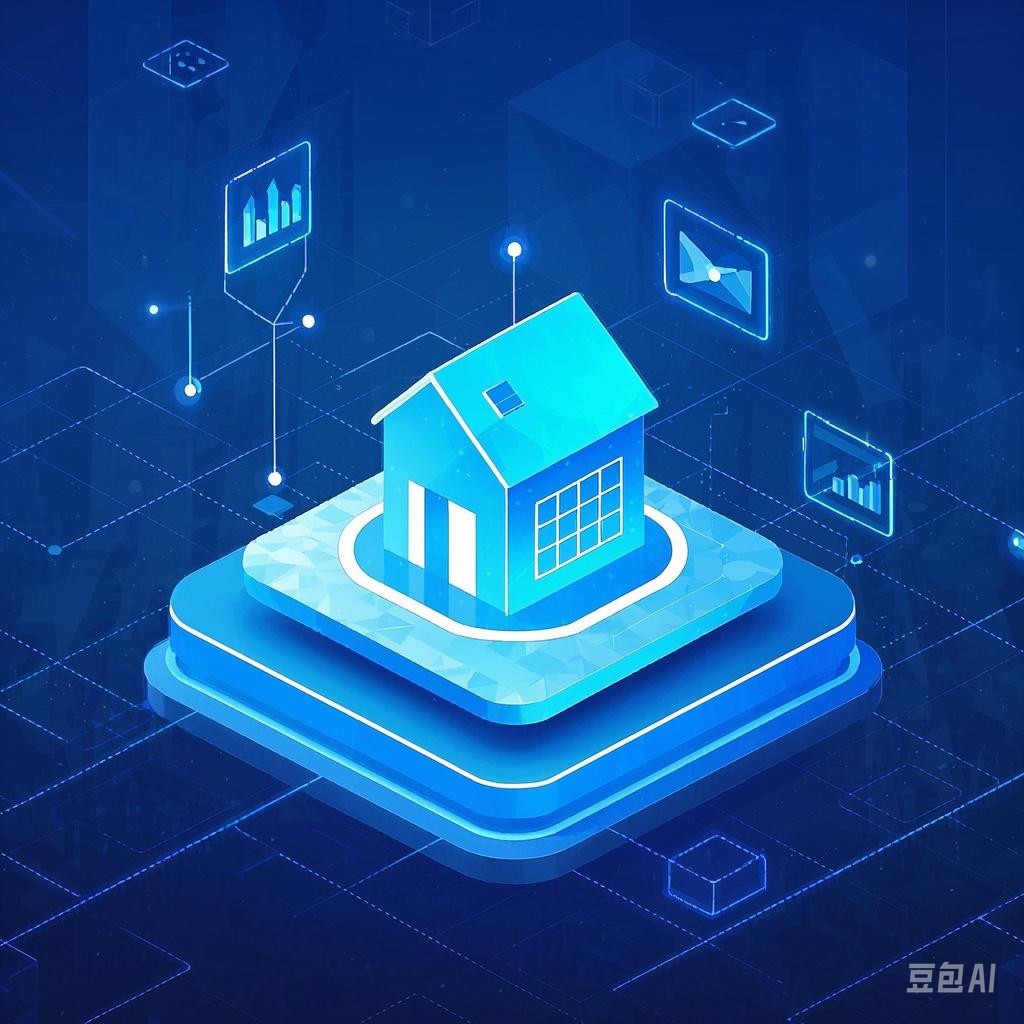In the rapidly evolving landscape of technology, meta-verse headsets are poised to revolutionize the way we interact with the digital world. These cutting-edge devices are not just gadgets; they are gateways to a new reality, blurring the lines between the physical and virtual worlds. This article delves into the technology behind meta-verse headsets, their impact on various industries, and the future they promise.
Introduction to Meta-Verse Headsets
Meta-verse headsets, also known as augmented reality (AR) or virtual reality (VR) headsets, are wearable devices that provide an immersive experience by overlaying digital information onto the real world or creating a fully virtual environment. These headsets use a combination of sensors, displays, and audio systems to simulate a realistic and interactive experience.
Key Components of Meta-Verse Headsets
- Display Technology: High-resolution displays are crucial for providing a clear and immersive visual experience. Many modern headsets use OLED or microLED displays for their brightness, contrast, and pixel density.
- Sensors: Motion sensors, such as accelerometers and gyroscopes, track the user’s head movements, while cameras and depth sensors provide information about the user’s environment.
- Audio Systems: Spatial audio technology creates a realistic audio environment, enhancing the immersion experience.
- Processing Power: Powerful processors are needed to handle the complex calculations required for real-time rendering and interaction.
The Impact of Meta-Verse Headsets
In the Gaming Industry
Meta-verse headsets have already made a significant impact on the gaming industry. They offer an unparalleled level of immersion, allowing gamers to step into virtual worlds and experience gameplay like never before. Games such as “Beat Saber” and “Half-Life: Alyx” have been particularly popular for their innovative use of VR technology.
In Education and Training
The educational sector is also reaping the benefits of meta-verse headsets. These devices enable students to engage with complex subjects in a more interactive and engaging manner. For example, medical students can use VR simulations to practice surgery, while architects can visualize building designs in a 3D space.
In Healthcare
In healthcare, meta-verse headsets are being used for various purposes, including pain management, mental health therapy, and patient education. Virtual reality therapy, known as VR therapy, has been shown to be effective in treating conditions such as post-traumatic stress disorder (PTSD) and phobias.
In Real Estate and Interior Design
Real estate agents and interior designers are utilizing meta-verse headsets to provide virtual property tours and visualize design concepts. This technology allows clients to explore properties and designs from anywhere in the world, saving time and resources.
The Future of Meta-Verse Headsets
The future of meta-verse headsets is bright, with several exciting developments on the horizon:
- Improved Hardware: As technology advances, we can expect higher-resolution displays, more accurate sensors, and more powerful processors, all contributing to a more immersive experience.
- Enhanced Software: Developers are continuously working on creating more realistic and engaging virtual environments, as well as improving user interfaces for easier navigation and interaction.
- Interoperability: Efforts are being made to ensure that different meta-verse headsets and platforms can work together seamlessly, allowing users to interact with each other regardless of the hardware they are using.
Conclusion
Meta-verse headsets are redefining the way we interact with the digital world, offering a new level of reality and immersion. As technology continues to evolve, we can expect even more innovative applications of this technology across various industries. The future of meta-verse headsets is indeed exciting, and it is just the beginning of a new era in human-computer interaction.
